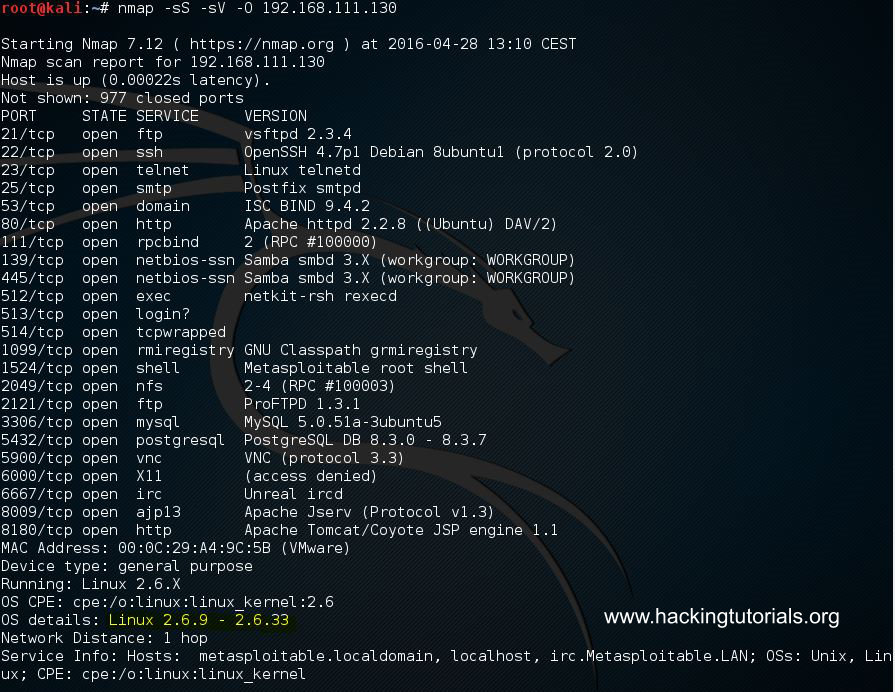-
Hack Router Port 53 Udp카테고리 없음 2020. 2. 17. 09:17
Threat/application/port search:Port(s)ProtocolServiceDetailsSource53tcp,udpDNSDNS (Domain Name Service) is used for domain name resolution.Apple MacDNS, FaceTime also use this port.There are some attacks that target vulnerabilities within DNS servers. Some trojans also use this port: ADM worm, li0n, MscanWorm, MuSka52, Trojan.Esteems.C (2005.05.12), W32.Spybot.ABDO (2005.12.10).W32.Dasher.B (2005.12.16) - a worm that exploits the MS Distributed Transaction Coordinator Remote exploit (MS Security Bulletin ).Listens for remote commands on port 53/tcp. Connects to an FTP server on port 21211/tcp. External ResourcesNotes:Well Known Ports: 0 through 1023.Registered Ports: 1024 through 49151.Dynamic/Private: 49152 through 65535.TCP ports use the Transmission Control Protocol. TCP is the most commonly used protocolon the Internet and any TCP/IP network.


How To Open Udp Port
Whereas the IP protocol deals only with packets, TCP enables two hoststo establish a connection and exchange streams of data. TCP guarantees delivery of dataand that packets will be delivered in the same order in which they were sent.Guaranteed communication/delivery is the key difference between TCP and UDP.UDP ports use the Datagram Protocol, a communications protocol for the Internet network,transport, and session layers. Like TCP (Transmission Control Protocol),UDP is used with IP (the Internet Protocol) and makes possible the transmission of datagramsfrom one computer to applications on another computer, but unlike TCP, UDP is connectionlessand does not guarantee reliable communication; it's up to the application that receivedthe message to process any errors and verify correct delivery. UDP is often used with time-sensitiveapplications, such as audio/video streaming, where dropping some packets is preferable to waiting for delayed data.When troubleshooting unknown open ports, it is useful to find exactly what services/processes are listening to them.This can be accomplished in both Windows command prompt and Linux variants using the 'netstat -aon' command.We also recommend runnig multiple anti-virus/anti-malware scans to rule out the possibility of active malicious software.For more detailed and personalized help please use our forums.
They test with port 53 because it is likely open (i.e. Port used by a DNS).I got the same error and the solution was to write two rules.First you can have an ESTABLISHED and RELATED rule for UDP now. That was not possible before since UDP is considered stateless, but they added that functionality by tracking what was sent and accept related replies.A INPUT -i eth0 -p udp -m state -state ESTABLISH,RELATED -m udp -d 1.2.3.4 -j ACCEPTNote: change eth0 and 1.2.3.4 with proper name/IPThen you can open port 53 for the DNS server incoming packets.A INPUT -i eth0 -p udp -m udp -dport 53 -d 1.2.3.4 -j ACCEPTNote: change eth0 and 1.2.3.4 with proper name/IPYour existing rule looks like this: ACCEPT udp - anywhere anywhere udp dpt:domainIt is not constrained on an interface or a destination address. It should be to make sure that you do not get data from a spurious source. On DigitalOcean, and probably many others, there is a hidden IP address. You do not want to accept data from that one; also, I had a misshape once and the name of the interface changed!!!
If you have a single network connection, it should be straight forward, but if you are not in control of the hardware, you cannot know when such may happen.)That being said, your BIG problem in your ruleset is the very first line in your INPUT chain. It looks like this: ACCEPT all - anywhere anywhereAnd that means accept absolutely whatever.
All the rules after that are all ignored. So in other words, you do not have a firewall at all.You have the same first rule in your OUTPUT chain, I suppose that's to make really sure your firewall is not going to block anything.A word of advise, write a to look at your firewall using the -nvx options.
Udp Port Check
The -n makes it fast by not trying to convert IP addresses. The -v is to show you the number of packets and bytes traveling on each rule (i.e. If a rule accepts a packet, its packet counter is incremented by 1.) The -x shows you the exact numbers for each counter (instead of making it 'human',) so that way I know when a counter was incremented by 1 or more. Important while you are testing.If you had used the -nvx maybe you'd notice that only the counters of the very first rule were increment for the INPUT and the OUTPUT. Then maybe you'd wander why you never get hits against the other rules.